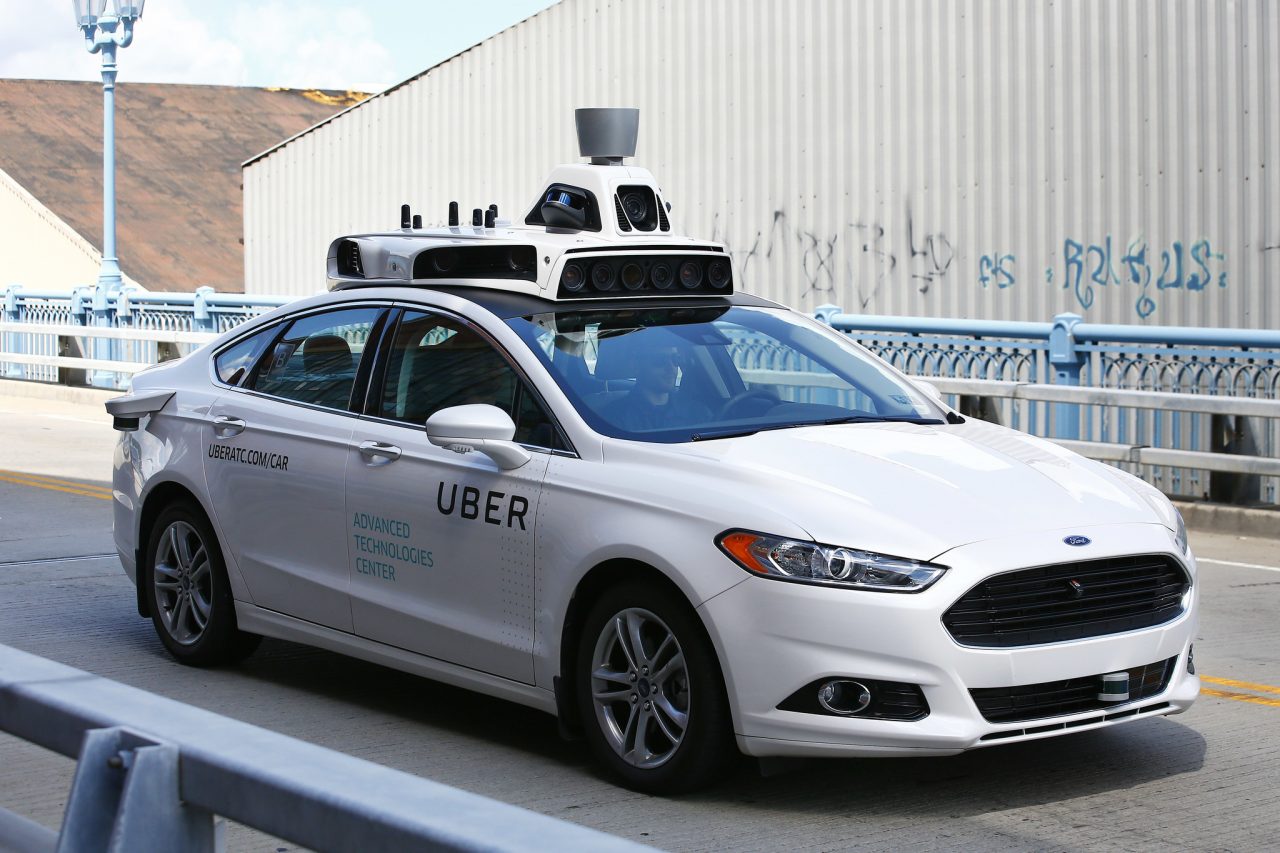
Intel: Self-Driving Cars Will Be A $7 Trillion Economy
Intel has a new report out in which they suggest that self-driving cars could lead to the creation of another $7 trillion in economic activity. They are, if the technology ever works as advertised, almost certainly correct, if not actually underestimating matters. Interestingly, we can actually check part of what they’re saying using the normal and standard economic metrics for these sorts of things. And this is only a part of what they’re saying might happen, the free time that travellers who are no longer drivers will have. But we’re getting into the right orders of magnitude just with that and that alone. And note again, please, this is using the methods we already use to analyse other transport projects, this is without adding anything whizzy at all. Forbes reports.
– The race to create self-driving cars is on—but what happens when they’re everywhere and nobody has to drive?
– That could lead to a “passenger economy” worth $7 trillion by 2050, according to a new report by Intel and analyst firm Strategy Analytics.
Do note that $7 trillion now is about (roughly and around and about you understand) 10% of the global economy. But given general economic growth up to 2050 that will be perhaps 2 or 3% of the global economy which is a less shocking figure:
– The study, prepared by Strategy Analytics, predicts autonomous vehicles will create a massive economic opportunity that will scale from $800 billion in 2035 (the base year of the study) to $7 trillion by 2050. An estimated 585,000 lives could be saved due to autonomous vehicles between 2035 and 2045, the study predicts.
At which point we’ve got to differentiate a little bit. There are economic things which are measured in GDP and there are economic things which are not. Let’s assume that those lives saved are all American lives (no, they won’t be, obviously, but they’ll probably mostly be rich world lives so we’re fine with this estimation) and we’ve a statistical value of an American life of some $5 million. Again, that’s not an accurate number, but it’s the right magnitude at least and pretty much in the middle of the usual estimates. The statistical value of a life saved does not turn up in GDP. This is consumer surplus stuff. And the statistical value of a life is not what someone would earn if they’re not dead or anything. It’s that, by observation of how much people demand for having to take known risks, what we value our own lives at. On that statistical basis–we’re still not saying that we’d volunteer to be shot for $5 million.
But $5 million times half a million is $2.5 trillion over a decade, or $250 billion a year. Sure, that’s not $7 trillion either but it’s the sort of number which does make a dent in that higher total.
– Mr Krzanich also predicted an “unlocking of cognitive surplus” – giving people back time spent driving to think and do other things. Self-driving cars are expected to free up more than 250m hours per year of commuters’ time in the world’s most congested cities.
And that’s the bit which we can also use traditional cost benefit analysis upon. For this is how we do value things like a new road, or a faster train set, which will save travellers’ time. We calculate the hours that will be saved by the faster travel then try to apply a value to that time. If it’s people travelling for work then we try to apply the amount (roughly of course) that they would earn if they had been working instead of travelling. If it’s leisure travel we can still add some time value for we do indeed value our time.
This is, for example, what underlies the California high speed train adventure (and a shockingly bad analysis that is too) and so also the HST one in Britain. How many hours of travel are saved, what’s the value per hour, that’s the benefit of having the train set. Note again that these values don’t feed directly into GDP but into the consumer surplus. Only some flows through into the recorded economy. And from the report itself:
– On average, most commuters spend more than 30 minutes16 in the car every workday. If we assume a conservative
– 300 million workers (less than 10 percent of all workers globally17) drive to work an average of 30 minutes per day,
– this equates to over 60 billion hours per year of time spent driving that could be freed due to pilotless vehicles.
Note that’s just commuting to work. Apply a value of $25 an hour (US median wage) to those 60 billion hours and we’ve again an increase in the consumer surplus of $1.5 trillion a year. This is before we even begin to dream about what people might do, invent, spend, or undertake instead of having to drive, before we think about what those millions of commercial drivers are going to go off and do instead of driving. Just the reduction in deaths and the freeing up of commuting drive time (as the report says, this is an underestimate of the hours freed) gets us into the right sort of arena of the purported numbers, we’re getting close to $2 trillion a year just from those. Add in that we’d be richer in 30 years time too so both the value of a life and an hour will have gone up and we might reach half of the mooted $7 trillion just from those two.
Intel thinks that driverless cars might produce a $7 trillion economy. If the technology actually works that might well be an underestimate.
